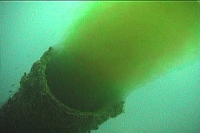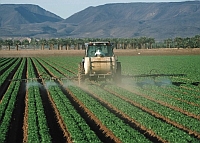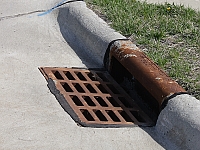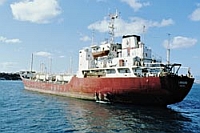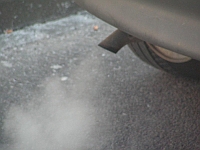1. Introduction
Where does marine pollution come from?
Under the framework of international law, sources of marine pollution are the following:
- Land-based sources and activities,
- Shipping and other sea-based activities such as fishing and aquaculture,
- Dumping,
- Seabed activities, both near and offshore, and
- Atmospheric sources.
(UN Atlas of the Oceans)
Many spillages of harmful substances occur every day all over the world, when filling, emptying and cleaning tanks or pipes, or in the everyday running of factories, pipelines, or oil wells on land. These spills may result from technical failure, negligence, vandalism, accidents or armed conflict. Spillages may occur on the ocean directly into the sea or on land where they are washed into the rivers which eventually end up in the sea.
Many pollutants are discharged from stationary locations or fixed facilities. Examples for these so called Point Sources
are discharges from the treatment of urban waste water, industry or fish farms.
Discharges from wastewater treatment plants and industry cause pollution by oxygen consuming substances, nutrients and hazardous substances.
The adverse impacts depend very strongly upon the degree to which (if at all) such discharges are treated before reaching waterways.
Some large cities discharge their wastewater nearly untreated such as Athens, Barcelona, Brighton, Cork and Milan (UN Atlas of the Oceans).
Pollution from unspecific points of discharge is said to originate from Diffuse Sources.
Agriculture is a key source of diffuse pollution, but urban land, forestry, atmospheric deposition and rural dwellings
can also be important sources.
In urban areas, where surface run off is not connected to treatment works, pollutants deposited on to impervious surfaces (e.g. roads or pavements)
are washed into nearby surface waters.
Such pollutants include metals, pesticides, hydrocarbons, solvents etc and derive from various sources including
the atmosphere and the abrasion of roads, tyres and brakes.
Sea-based activities that lead to marine pollution include accidental and deliberate discharge. Accidental pollution may for example
follow the collision of an oil tanker or the loss of cargo.
Deliberate pollution is due to so called operational discharges: the release of waste water containing a certain quantity pollutants.
Operational discharges are linked to the routine activity of a vessel. They include the washing of tanks and machinery and the release of ballast water.
Exhausts from cars or industry enter the watercycle by evaporation and subsequent condensing with water vapour to form clouds. This atmospheric discharge returns to the Earth's surface with rain; either directly into the sea or via streams and rivers.
- directly (by release of effluents or by dumping)
- via rivers (run-off, sewage)
- via the atmosphere (dust depositon and rain)
Most of the pollutants (about 50-80%, depending on the study) originate from land! However, the major sources of coastal and marine pollution originating from the land vary from country to country.
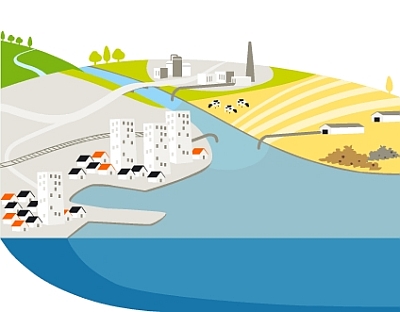
Design: Hippocampe.com
